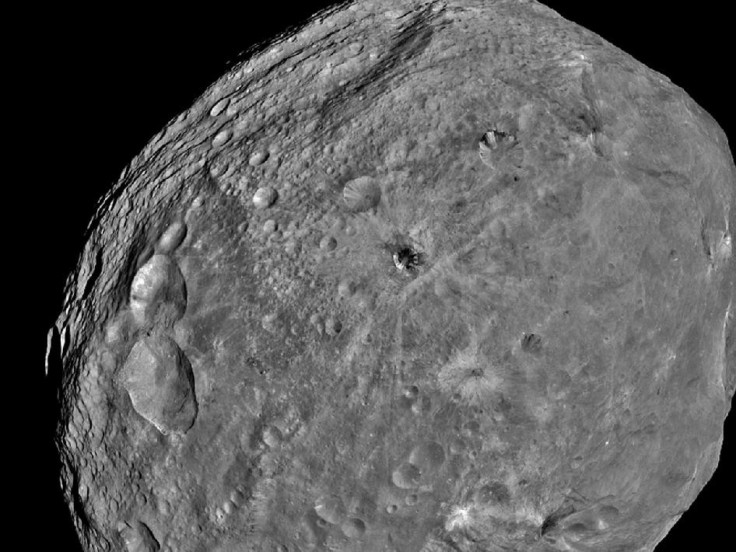'Cosmic Crash' Set For 2022 Will Help Scientists Learn To Deflect Rogue Asteroids

A team of European and American scientists has an ambitious plan to deal with dangerous asteroids: Smash a space probe into one to see exactly how to stop them. This “cosmic crash” will occur in 2022, if all goes according to plan.
According to Space.com, the European Space Agency’s Asteroid Impact Assessment mission (AIDA) is set to launch two probes towards a pair of asteroids in 2019. The two probes, one built by the ESA and another by an American team, will embark on a three-year mission to the twin-asteroid system Didymos.
Didymos (“Twin” in Greek) is composed of two separate asteroids bound together by gravity. The larger is roughly 800 meters in diameter, while its companion is about 150 meters (2,625 feet and 490 feet, respectively), according to NASA’s Jet Propulsion Laboratory in Pasadena, Calif.
The Didymos system was chosen because those asteroids pose no threat to Earth. In 2022, the date of the “cosmic crash,” the asteroids will be roughly 6.8 million miles away from Earth. They also will provide scientists with the first ever close-up view of a binary asteroid system.
"Binary systems are quite common," Andy Rivkin, a scientist working on the U.S. portion of AIDA, told Space.com. "This will be our first rendezvous with a binary system."
What do scientists hope to learn with the AIDA program? For one, they hope to better understand the composition of asteroids in an effort to prevent rogue asteroids from hitting Earth in the future. And what better way to learn than by breaking something to see how it works?
In order to accomplish their mission, AIDA will be sending two spacecraft toward the Didymos asteroids. First, the American-made Double Asteroid Redirection Test will crash into the smaller Didymos asteroid at a speed of 14,000 miles per hour. With any luck, this will send the asteroid off course.
After DART completes its mission, the European Space Agency’s Asteroid Impact Monitor will fly nearby and collect data about DART’s impact. From there, AIM will study exactly how the impact affected Didymos’s course as well as the asteroid’s chemical composition.
This knowledge should help future scientists learn how to deflect asteroids in the unfortunate event that a rogue asteroid is on an Earthbound collision course. All told, the mission is expected to cost a little under $350 million.
© Copyright IBTimes 2024. All rights reserved.












